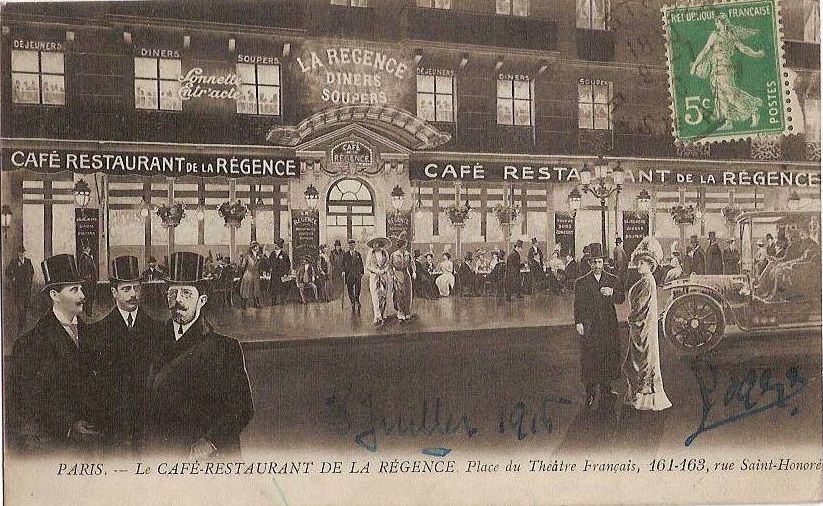11 October
Господи! Помоги мне выжить среди этой смертной любви
My God Help me to survive this deadly love 

Sometimes referred to as the Fraternal Kiss was snapped by Régis Bossu in East Berlin in October 1979 in the festivities of the 30th anniversary of the Deutsche Demokratische Republik in October 1979— East Germany.

The celebrations’ guest of honor was the aging Soviet leader Leonid Brezhnev. When Brezhnev finished his speech, East German President Erich Honecker opened his arms to congratulate him with a big kiss, a normal ritual for socialist comrades. (But both Honecker and Brezhnev were a little more enthusiastic than an average Communist in kissing. A contemporary joke runs such: Brezhnev was commenting about a foreign leader, “As a politician, so and so… but what a good kisser!”) Many magazines used it immediately, and Paris Match devoted double pages to it, with a caption “The Kiss”.
7 Years later, on October 11, 1986
Ronald Reagan and Michail Gorbachef didn't give any fraternal kiss but they manage to melt the ice of the cold war, certainly in Iceland, the land of the icebergs

On that day, halfway between Moscow and Washington, D.C., the leaders of the world’s two superpowers met at the stark and picturesque Hofdi House in Reykjavik, Iceland.

Reagan and Gorbachev had established a personal relationship just one year before at their Geneva Summit. In Geneva they attempted to reach agreement on bilateral nuclear arms reductions. Since then, their negotiators had reached an impasse. Both leaders hoped a face to face meeting at Reykjavik might revive the negotiations.
The talks between Reagan and Gorbachev at Reykjavik proceeded at a breakneck pace. Gorbachev agreed that human rights issues were a legitimate topic of discussion, something no previous Soviet leader had ever agreed to. A proposal to eliminate all new strategic missiles grew into a discussion, for the first time in history, of the real possibility of eliminating nuclear weapons forever.
Aides to both leaders were shocked by the pace of the discussions. A summit that began with low expectations had blossomed into one of the most dramatic and potentially productive summits of all time. At one point Reagan even described to Gorbachev how both men might return to Reykjavik in ten years, aged and retired leaders, to personally witness the dismantling of the world’s last remaining nuclear warhead.

But one point of contention remained. Reagan was committed to see his Strategic Defense Initiative (SDI) to completion. Gorbachev, fearing an imbalance of power, was equally determined to make sure SDI would never be implemented. Reagan offered assurances to Gorbachev that the missile defense shield, which he had championed and funded despite widespread criticism at home, was being developed not to gain an advantage, but to offer safety against accidents or outlaw nations. Reagan offered many times to share this technology with the Soviets, which Gorbachev refused to believe.
Toward the end of the long and stressful final negotiations Gorbachev would accept continued development of SDI as long as testing was confined to the laboratory for the next ten years. Reagan would not agree. He could not and would not allow the division of his two-part strategy of the simultaneous elimination of nuclear weapons with the creation of a missile defense shield.
After the negotiations broke down without a final agreement, Reagan wrote that he left the meeting knowing how close they had come to achieving his long goal of eliminating the threat of nuclear destruction, and that this was the angriest moment of his career.

Despite failing to achieve either man’s ultimate goal, Reykjavik will be recorded as one of the most important summits in history. A year after Reykjavik the U.S. and Soviet Union signed the Intermediate Range Nuclear Forces Treaty (INF), for the first time eliminating an entire class of nuclear weapons. The Strategic Arms Reduction Treaty (START) was signed a few years later during President H.W Bush’s term.
None of this progress would have been possible without the courage of two leaders to look beyond past hostilities and forge a new and lasting relationship, that would soon provide greater security for people around the world.













 Some, including Coche Inciarte, and the Methols refused to eat, so they were given the rest of the dwindling chocolate; it wasn't long before this ran out and these few who had refused reluctantly ate as well.
Some, including Coche Inciarte, and the Methols refused to eat, so they were given the rest of the dwindling chocolate; it wasn't long before this ran out and these few who had refused reluctantly ate as well.



















































































































10 October French kiss
On 10 October 1961 Splendor in the Grass opened on the theatres with the first French Kiss in the history of Cinema. The leading man was Warren Beatty. His leading Lady was Natalie Wood and they played young lovers in Elia Kazan's coming-of-age- tale Splendor in the Grass
The film's title is taken from a line of William Wordsworth's poem "Ode: Intimations of Immortality from Recollections of Early Childhood":
What though the radiance which was once so bright
But the most famous photograph is the epic french kiss in Times Square given to a nurse by a sailor
Glenn Mc Duffie was changing trains in New York when he learned that Japan had surrendered. “I was so happy. I ran out in the street,” said Mr. McDuffie, then 18 and on his way to visit his girlfriend in Brooklyn
“And then I saw that nurse,” he said. “She saw me hollering and with a big smile on my face. I just went right to her and kissed her.”
“We never spoke a word,” he added. “Afterward, I just went on the subway across the street and went to Brooklyn.”
Berlin - Bicycle kiss - 1996